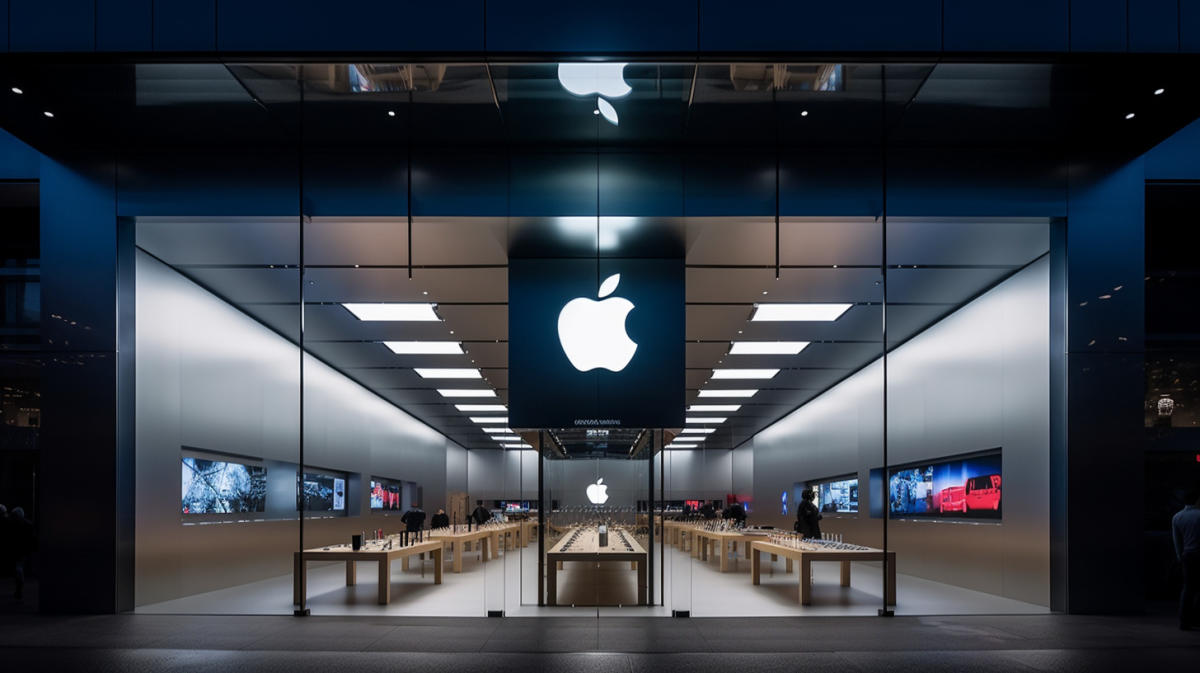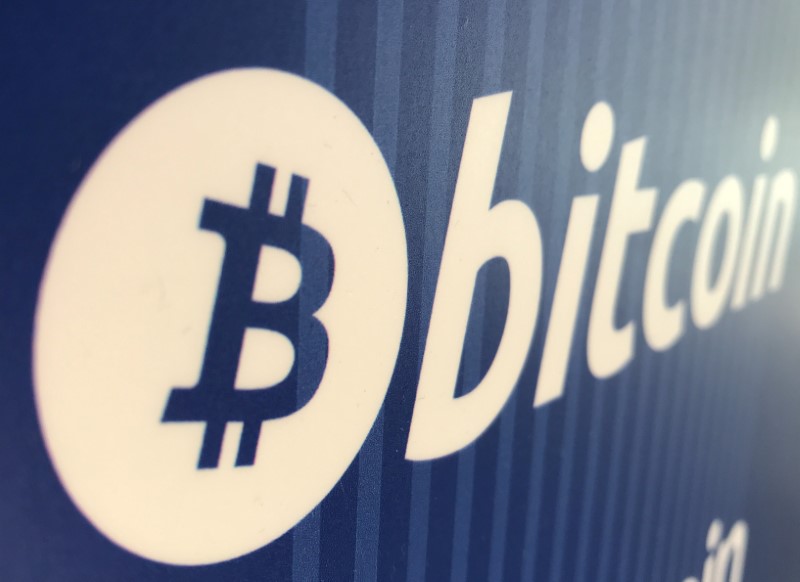This Monday, Goldman Sachs surprised investors with an early Christmas gift — an unexpectedly positive forecast for the holiday season.
According to the National Retail Federation, 182 million Americans are expected to hit the stores for Black Friday and Cyber Monday this year. And a full 74% of those surveyed were eager to shop this holiday weekend.
You know what that means…
You’ve no doubt already seen footage of shoppers stampeding into department stores on Black Friday — fighting over flatscreen TVs and other appliances.
Fortunately those of us who don’t want our holiday shopping to involve a “trial by combat,” there’s the online alternative to Black Friday.
Cyber Monday has become increasingly popular, and it’s easy to see why.
Shoppers are going online earlier and earlier to beat the crowds and lock in the best gifts for their family members.
But the mad rush of holiday shopping has become something of an American tradition, one that stretches back over a generation…
The Cabbage Patch Riots
The winter of 1983 was a dark time for American retailers.
In an instant, your town’s local department and toy stores became battlegrounds.
You’d hear about a scuffle breaking out at Sears.
A fistfight at Macy’s.
Or an all-out riot at Kmart.
One Zayres store manager even armed himself with a baseball bat after five shoppers were injured in a brawl at his Wilkes-Barre, Pennsylvania, location.
“They weren’t acting like adults, they were acting like crazed maniacs,” he explained.
“This is my life that’s in danger.”
The idea of a discount store manager fighting for his life with a baseball bat against hordes of brainwashed shoppers … it sounds like something out of a B-horror movie.
But it was real life.
And they were fighting over, of all things … dolls!
(From: Compote: Shoppers rush for Cabbage Patch Kids during the Christmas Craze of 1983.)
That’s right … the newly-released Cabbage Patch Kids were the hottest gift of the holiday season.
Each doll was one of a kind, packaged with its own birth certificate and unique name.
The large, stuffed dolls were marketed as being “so ugly, they’re cute.”
Demand skyrocketed after they were featured on The Today Show, where a doll was given to each member of the studio audience.
That was great news for the doll’s producer, Coleco. Except for the fact that production couldn’t possibly keep up.
So the dolls were instantly in short supply.
During the 1983 holiday season, a department store in Charleston, West Virginia — where my grandparents live, and just outside my hometown of Huntington — saw 5,000 shoppers fighting over just 120 dolls.
In Elmira, New York, a mob of over 1,000 shoppers rushed a store— trampling a woman from nearby Olean.
Local business owners were even paying massive $500 bounties for Cabbage Patch Dolls (provided you still had the doll’s papers).

(From: Syracuse.)
Supply eventually caught up with demand, and the now-infamous “Cabbage Patch Riots” came to an end by early 1984.
Yet in one form or another, that same kind of “Christmas Craze” has become an almost annual tradition for American retailers.
One year, it’s the new Nintendo Entertainment System…
Another year, it’s the new Furby toy…
It’s not the case that retailers and manufacturers are caught unaware, either.
Instead it’s the sheer scale of holiday retail demand that boggles the mind.
For example, Tickle-Me Elmo quickly became the must-have gift for the 1996 holiday season.
Retailers sold millions of the vibrating, giggling dolls by Christmas. But that was nowhere near enough to meet demand.

(From: CDN.)
So they started offering rain checks. Seriously … for a Tickle-Me Elmo.
The craze took a year to settle down.
By then, more than 5 million American kids had their sticky hands on one of the dolls.
This titanic surge in retail demand obviously isn’t limited to toys, either.
Which leaves investors to wonder — is now a good time to go shopping for consumer discretionary stocks?
Sell in May February and Go Away?
In Green Zone Fortunes I maintain a “Leaders & Laggards” board, showing which sectors of the market are currently outperforming (and which ones you should avoid).
Consumer discretionary stocks have steadily shown up as “Leaders” over the last few updates.
That’s not surprising, given their strong seasonal tailwinds around Black Friday.
But just how strong are the seasonal forces driving retail?
For example, one of the stock market’s most reliable seasonal trends is known as “Sell in May and go away.”
The phrase is shorthand for how the market consistently underperforms during the six months from May to October.
But is there also data-supported seasonality around “Black Friday” investing?
What if we buy in November, the week before Thanksgiving, then sell in February after the holiday retail season is truly over…
Well, if you’d done that over the last 15 years with the benchmark SPDR S&P 500 ETF (NYSE: SPY), you’d see gains 71% of the time, with an average return of 3.3% per year.
Execute that same “Sell in February” strategy with the Consumer Discretionary Select Sector SPDR (NYSE: XLY) and you’d see gains 78% of the time, with an average return of 4%.
We see similar returns executing the same strategy with Technology Select Sector SPDR (NYSE: XLK), where the average return nudges up to 4.3% per year (which likely accounts for all those high-tech holiday gifts).
Just to recap that:
- SPY (benchmark): up 71.4% of years, +3.3% average return.
- XLY (Consumer Discretionary): up 78.6% of years, +4%.
- XLK (Tech): up 71.4% of year, +4.3%.
So both the tech and consumer discretionary ETFs saw larger gains through the holiday season more frequently than the S&P 500 benchmark.
But what about the sector’s top performers?
I drilled down even further — evaluating XLY’s top-performing holdings using the same criteria, and I found the following:
- Tesla (Nasdaq: TSLA): up 54% of years, +14.7% average return (over all 15 years).
- PulteGroup Inc. (NYSE: PHM): 86%, +11.1%.
- Wynn Resorts (Nasdaq: WYNN): 4%, +10.6%.
- MGM Resorts International (NYSE: MGM): 4%, +10.5%.
- Domino’s Pizza (NYSE: DPZ): 4%, +10.5%.
You might be surprised to see Tesla at the top of the list here.
Most investors would think of Tesla as a tech company.
Yet combined with Amazon (Nasdaq: AMZN), TSLA accounts for roughly 50% of the risk of the Consumer Discretionary ETF XLY.
And that’s good for the index, because enthusiasm for Tesla’s stock has been especially strong during the holidays.
PHM is another surprise, since it’s a home construction company with an outstanding Green Zone Power Rating of 96 out of 100:

With mortgage rates now starting to decline, home construction companies like PHM make a much more compelling investment than other consumer discretionary stocks.
Otherwise, there’s just not much to write home about in this sector, at least if you follow my Green Zone Power Ratings system, and want to stick with stocks that rate 81 or above (“Strong Bullish”).
Among XLY’s historical top performers from November to February, the next highest rating belonged to DPZ — with a barely “Bullish” 68 out of 100.
Two others, MGM and Wynn, rated 19 and 6 respectively.
Not quite my idea of a great Black Friday deal for investors.
In fact, some consumer discretionary stocks are disasters waiting to happen…
7 Consumer Discretionary Stocks to Dump Today
There’s a dangerous “Buyer Beware” aspect to investing in consumer discretionary stocks.
After all, we’re taught to invest in what we know.
And once you’ve spent a lifetime of watching television commercials or seeing magazine ads, it’s easy to feel like you know a brand.
But a great public image can often disguise decades of bad management or a mountain of debt.
Which is exactly what I found when I evaluated the Green Zone Power Ratings for each of XLY’s holdings.
I was genuinely surprised to see so many household names at the very bottom of the barrel — with the lowest scores of any stock in the index.
So if you own any of the following seven stocks, you might want to think about selling them ASAP:

As you know, the Green Zone Power Ratings system determines the strength of a company and its stock based on six factors proven to drive market-beating returns — three “technical” ones (momentum, size, volatility) and three “fundamental” ones (value, quality, growth).
And multiple household brands, including Whirlpool, Hasbro, Wynn and Norwegian scored in the single digits.
With ratings this low, it’s difficult to really differentiate the issues. They all rate low for size, volatility and value, with no positive momentum to speak of.
Based on our Green Zone Power Ratings criteria, these stocks are set to significantly underperform the market over the next 12 months. I suggest you avoid them at all cost.
So instead of adding some retail stocking stuffers to your portfolio for the holidays, it might make sense to cut out a few underperformers and redeploy that cash into more promising opportunities.
Keep the Holidays Happy
Black Friday might be a great time for retail deals.
But it’s not necessarily a great time to invest in any and all consumer discretionary stocks, either willy-nilly, or based on the brands you “know” or see rampant ads for on TV and social media.
There are just too many great opportunities elsewhere, and even a tidal wave of reliable seasonal demand isn’t going to change their long-term prospects.
Nevertheless, it’s still going to be important to see strong retail results this holiday season.
The U.S. just printed an impressive +4.9% GDP growth for the quarter, and American shoppers are starting to spend again.
We’re bound to see a few missteps along the way, but the trend is headed upward.
And that’s phenomenal news for stocks across the board.
Based on a recent Statista survey, this year’s Black Friday shoppers are aiming to take advantage of deep discounts on things like clothing, shoes and personal electronics:

In other words — they’re finally refreshing the items they’ve held off buying for over a year now.
Even vehicle sales are starting to surge, despite short supply and auto loan rates reaching nearly 8%.
So the American consumer seems rather strong, and we’ll see if a strong holiday spending confirms that trend as we head into 2024.
As for which stocks you should be buying right now? Find that out HERE.
To good profits,
 Adam O’Dell
Adam O’Dell
Chief Investment Strategist, Money & Markets
















